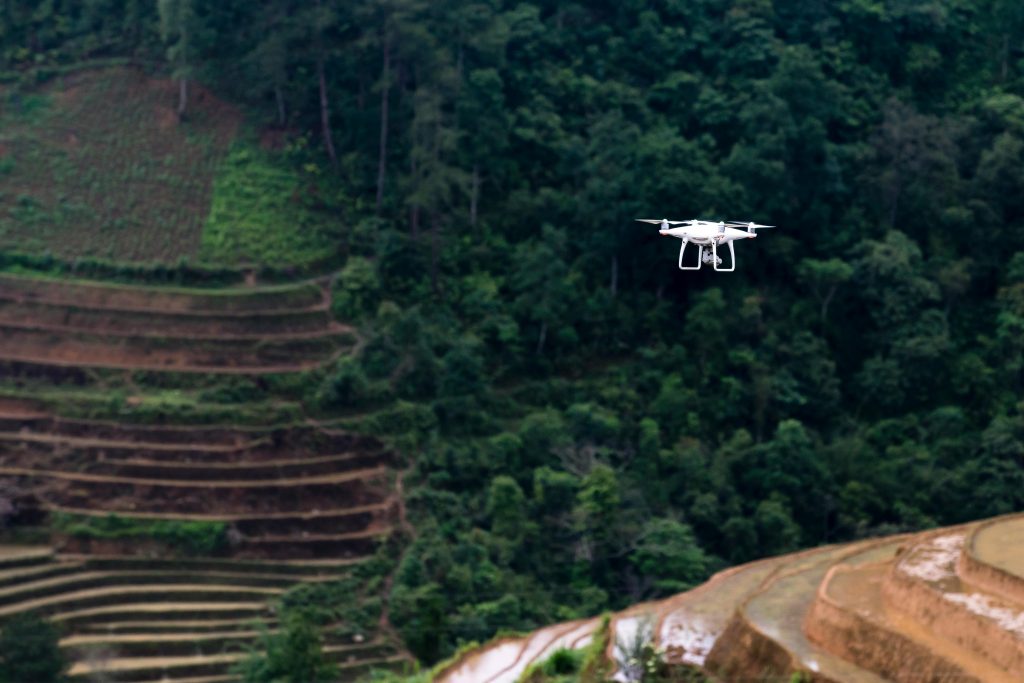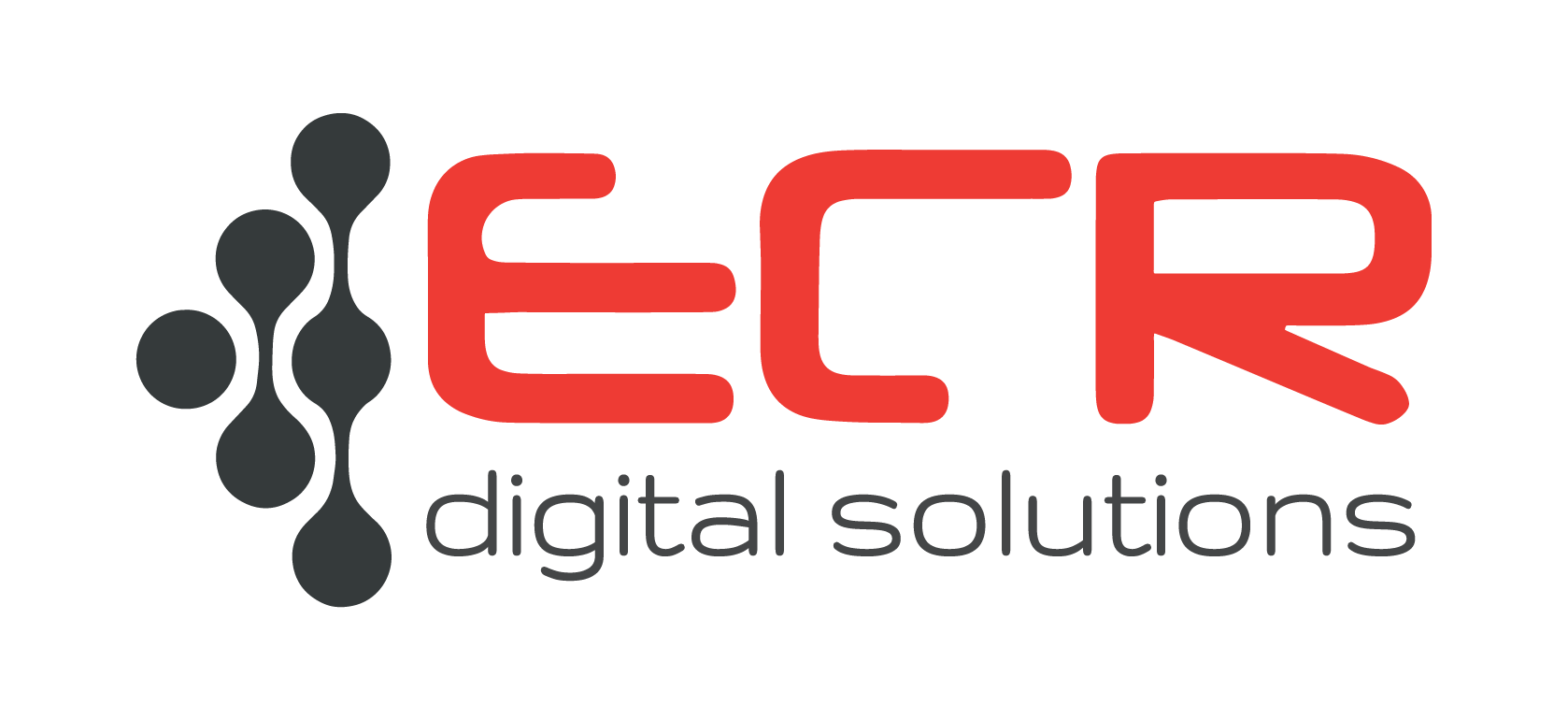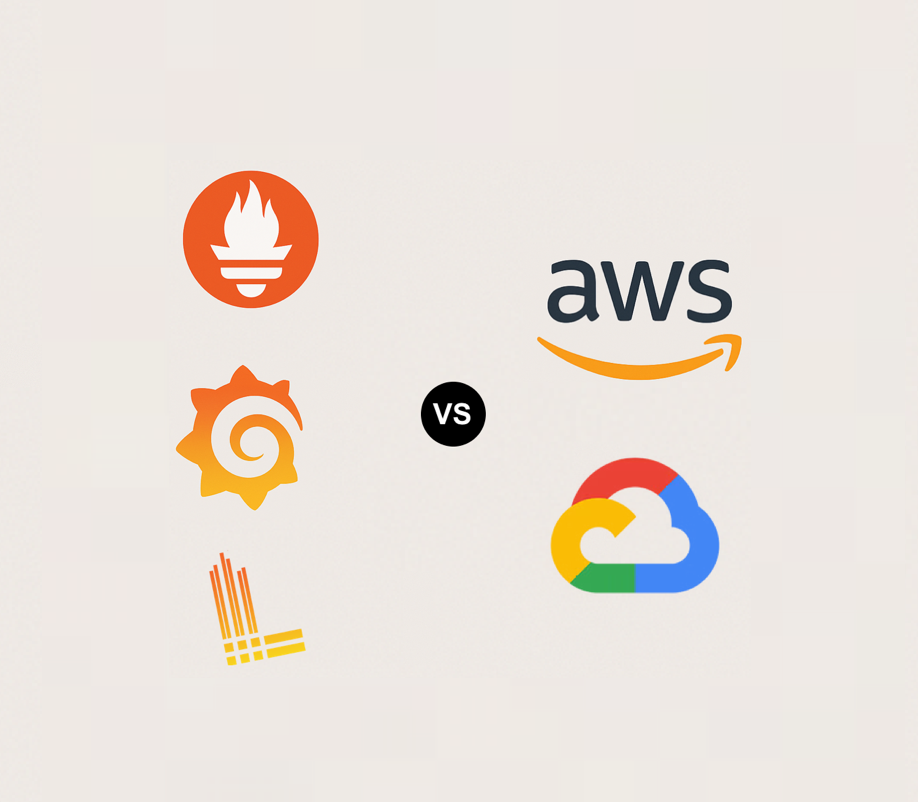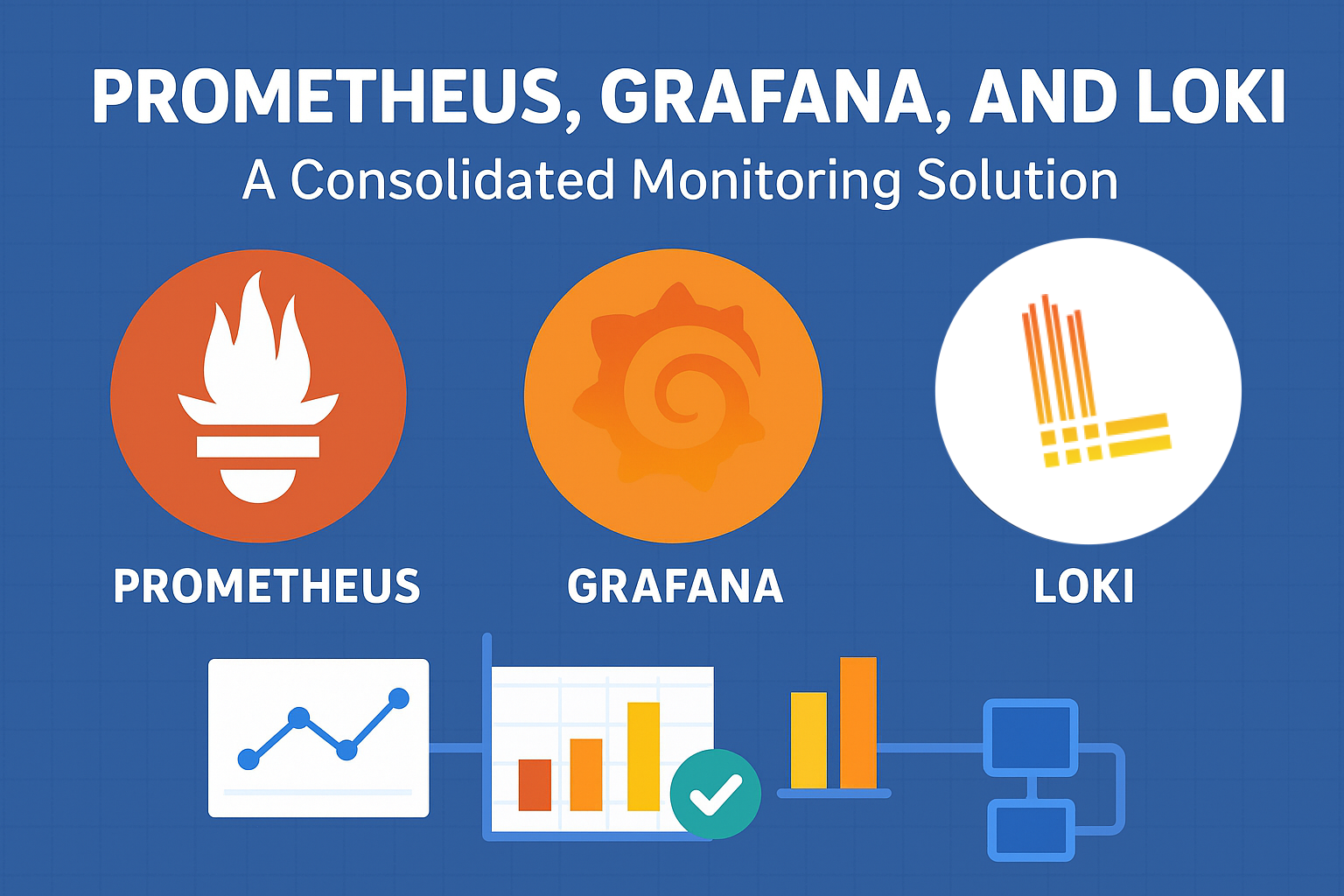Comparing Prometheus + Grafana + Loki with AWS CloudWatch and Google Cloud Monitoring: Which Stack Fits Your Monitoring Needs?
Wed 16/07/2025 20m read 760 views
Boosting Farm Performance: How IoT and AI Are Transforming Agriculture
As the global population grows and climate change intensifies, agriculture faces unprecedented pressure to produce more with fewer resources. Farmers are now turning to the powerful combination of Internet of Things (IoT) and Artificial Intelligence (AI) to revolutionize their operations.
When used together, IoT and AI can automate, optimize, and predict farm processes with a level of precision that was unimaginable just a few years ago. Let’s explore how this tech duo is driving smarter farming.

-
Real-Time Monitoring with IoT Sensors
IoT devices like soil sensors, weather stations, GPS trackers, and livestock monitors are now key tools on modern farms. These devices collect continuous, real-time data on:
- Soil moisture, pH, and nutrient levels
- Crop growth rates
- Weather conditions
- Animal health and movement
Without IoT, farmers would need to manually check these factors—a time-consuming and imprecise process. With IoT, farmers get instant updates and alerts that enable rapid decision-making.
-
AI-Driven Insights and Automation
Collecting data is just the beginning. AI steps in to analyze massive datasets from IoT devices and translate them into actionable recommendations:
- When to irrigate and how much water to use
- When to fertilize and what type of fertilizer is needed
- Predicting pest outbreaks and recommending preventative treatments
- Forecasting harvest dates and expected yields
AI doesn’t just help interpret the data—it can also automate farming equipment. For example, irrigation systems can automatically adjust based on real-time soil moisture readings, saving water and energy.
-
Precision Agriculture: Smarter, Not Harder
The combination of AI and IoT allows for precision agriculture, where farmers apply exactly what’s needed—no more, no less. Benefits include:
- Reduced costs on water, fertilizers, and pesticides
- Increased yields thanks to optimized growing conditions
- Lower environmental impact due to minimized chemical use
Precision farming makes agriculture more sustainable and profitable at the same time.
-
Livestock Tracking and Health Management
IoT-enabled wearables can track livestock location, feeding habits, and health markers. AI systems can process this data to:
- Detect early signs of disease
- Optimize feeding schedules
- Improve breeding success rates
Farmers can intervene faster and more accurately, reducing losses and improving animal welfare.
-
Predictive Maintenance of Farm Equipment
Sensors embedded in tractors, harvesters, and irrigation pumps can monitor machine performance in real-time. AI can predict:
- When equipment is likely to fail
- When maintenance should be scheduled to prevent costly breakdowns
This reduces downtime and helps farmers avoid expensive emergency repairs.
-
Smart Drones and Aerial Monitoring
Drones equipped with IoT and AI can:
- Map crop health across large areas
- Detect pest infestations
- Assess irrigation coverage
AI-powered image processing makes it possible to spot problems before they spread, enabling targeted interventions and reducing crop loss.
-
Supply Chain Optimization
IoT and AI can track produce from farm to table, providing:
- Real-time inventory updates
- Predictive demand analytics
- Optimized logistics and storage
This reduces waste, improves delivery times, and ensures better quality products reach consumers faster.
Conclusion: The Future of Smart Farming
The integration of IoT and AI in agriculture is no longer optional—it’s essential. Farmers who adopt these technologies can gain a competitive edge by producing higher yields with fewer inputs while protecting the environment.
As these technologies become more affordable and user-friendly, we can expect even small and mid-sized farms to leverage smart farming tools in the near future.
In the age of digital transformation, IoT and AI are sowing the seeds for a more efficient, sustainable, and resilient agricultural industry.
Related articles










